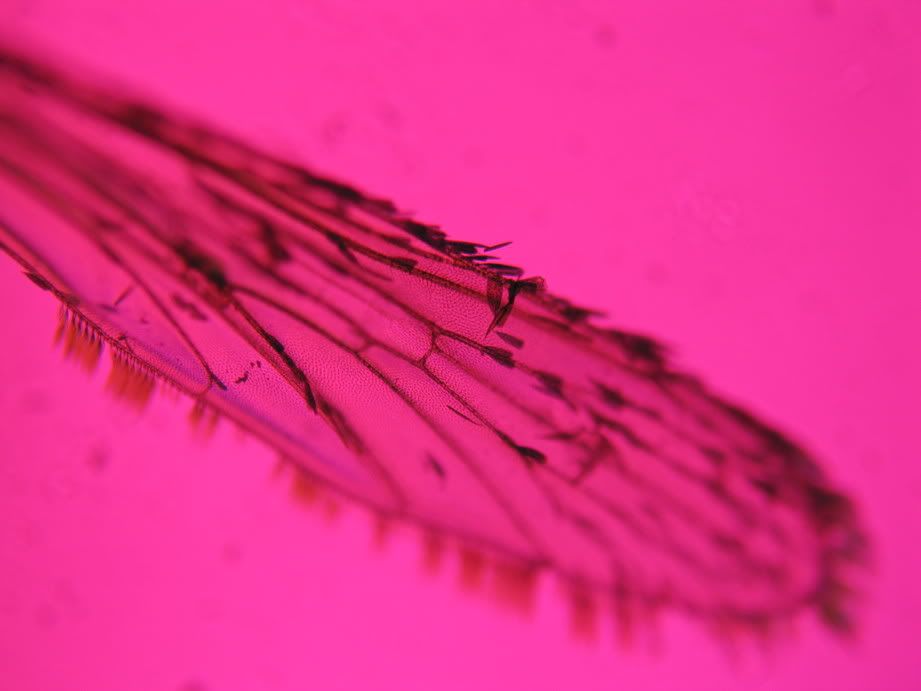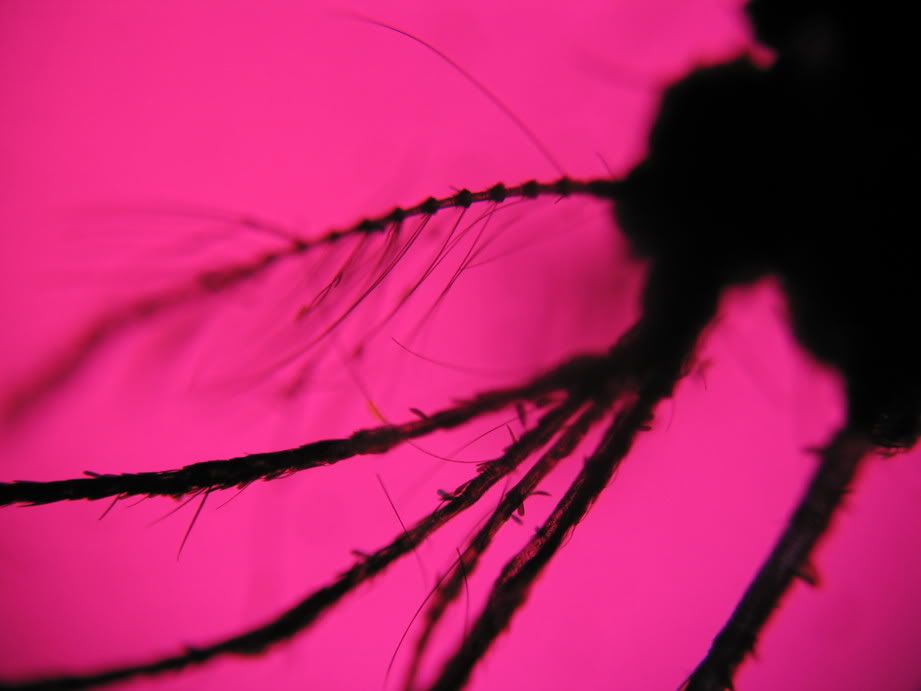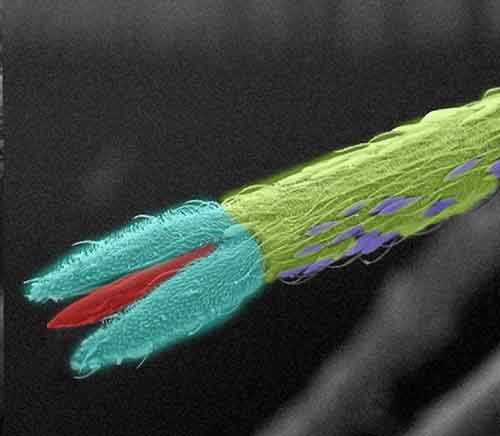Before I continue, let me say what that long title translates as: "Absence is to love what wind is to fire; it extinguishes the small, it enkindles the great."
A friend of mine asked me, so why does wind extinguish small fires (as of birthday candles) but build up bigger ones?
Well, he actually knows the answer but just wanted to test me. Luckily, I managed to find the answer. muahahaha. I win! *clears throat and gives victory sign* ^^
Ok, the answer to that question is:
Fire requires 3 conditions to exist - (1) Fuel, (2) oxygen and (3) minimum ignition temperature.
When we want to extinguish a fire, all we have to do is deprive the fire of at least one out of these three conditions.
Wind brings a fire more oxygen and at the same time, it also reduces the temperature of the fire.
In the case of a small fire, a sufficiently large wind can reduce the temperature low enough to go below the minimum ignition temperature required for the fire to continue burning. This meant that condition 3 cannot be satisfied. Thus, in small fires, wind serves the role of an extinguisher.
In the case of the birthday candle, the act of blowing it also removes the vaporised wax around the flame (thus removing its fuel source). So by blowing at a birthday candle, a person can effectively remove two conditions for the candle to remain lit.
In the case of a large fire, the temperature is much too high for the wind to cool it to a temperature level below that of the minimum ignition temperature. So all it does is feed the fire with more oxygen. Therefore, instead of extinguishing big fires, wind enkindles them.
There. Problem solved.
But there's alot more questions you can ask regarding this issue.
Questions like:
How do trick birthday candles work?
How does a fire storm work?Keep on asking folks!



